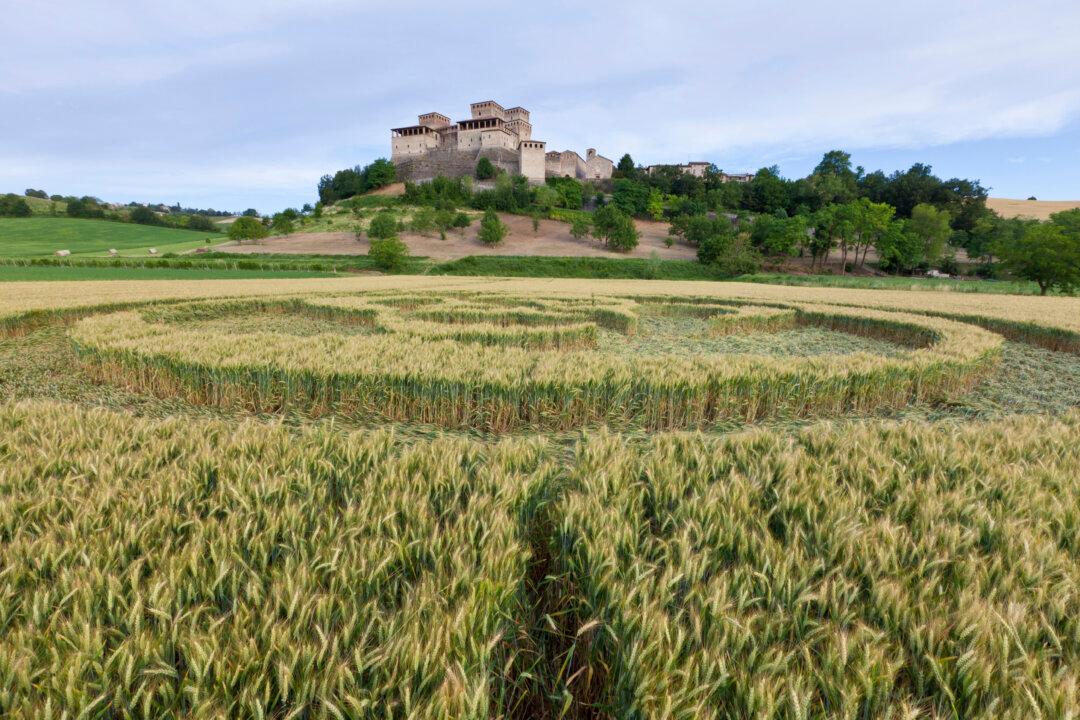With the spread of crop circle and UFO phenomena through modern mass media, many find it easy to dismiss crop circles as hoaxes. Everyone knows what they are, and so what if someone goes out in a field with a mower to get some attention or play a prank?
When Queen Elizabeth put a crop circle book on her summer reading list in 1989, there was a particular surge of interest and also talk of hoaxing.
But crop circles aren’t a modern fad.
Reports throughout history, before the term “crop circle” buzzed through the world, seem to refer to phenomena much like those observed today. It doesn’t mean that there aren’t ordinary explanations for those historical crop circles as well as today’s. It simply means people have been surprised and perplexed by crop circles for centuries. Some of the explanations given in historical accounts suggest natural causes, though some allude to supernatural causes.
‘The Mowing Devil’
In 1678, a news pamphlet titled “The Mowing Devil: Or, Strange News Out of Hertfordshire,” described a crop circle in Hertfordshire, England. The report was republished by Hertfordshire folklorist W.B. Gerish in 1913, and it reads:
“Being a true relation of a farmer, who bargaining with a poor mower about the cutting down three half acres of oats: Upon the mower’s asking too much, the farmer swore that the devil should mow it rather than he. And so it fell out, that very night, the crop of oat shew‘d as if it had been all of a flame; but the next morning appear’d so neatly mow'd by the devil or some infernal spirit, that no mortal man was able to do the like.”





